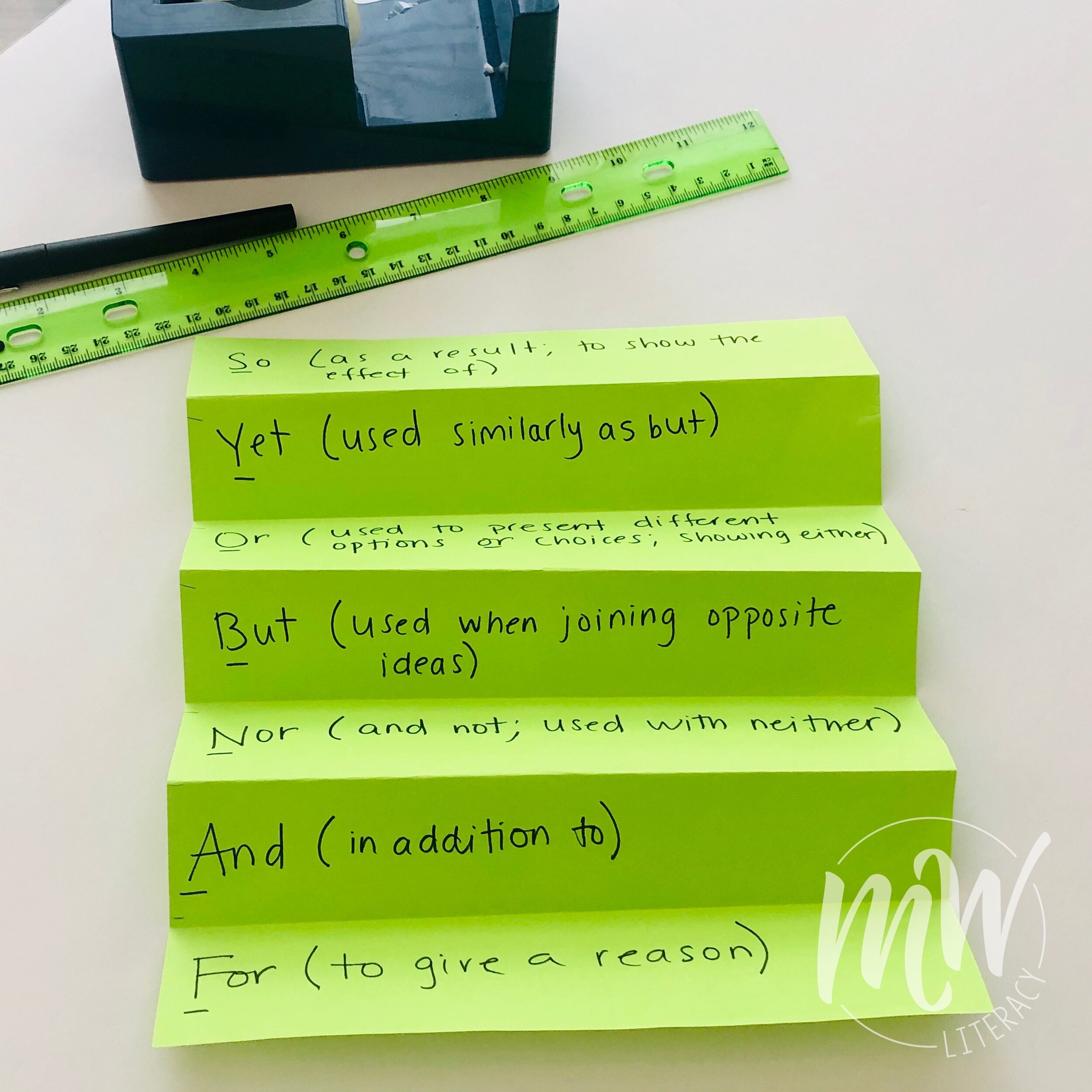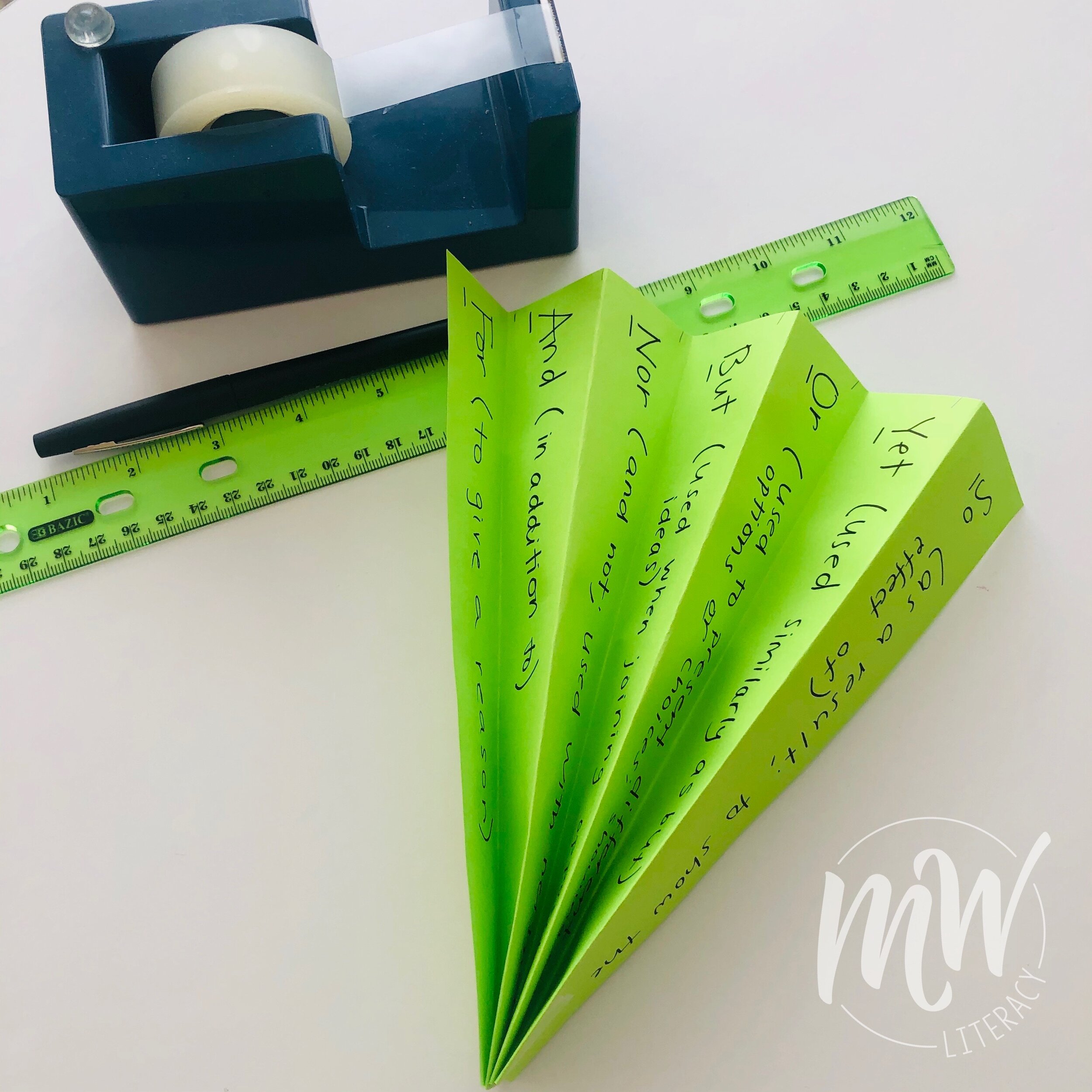In English, we have voiced and unvoiced sounds. A voiced sound elicits vibration of the vocal cords. Unvoiced sounds do not. Instead, there is only air.
WHY IT MATTERS
Understanding the difference between voiced and unvoiced sounds can be especially helpful in identifying and differentiating between phoneme pairs that share the same mouth position but have different sounds when the voice is either turned on or turned off. For example, the sounds /b/ and /p/ are pairs; however, while /b/ is voiced, /p/ is not.
WHICH PHONEMES ARE VOICED, AND WHICH ARE UNVOICED?
All vowel sounds are voiced.
The consonant phonemes, on the other hand, fall into different categories: stops, affricates, nasals, fricatives, liquids, and glides. Many phonemes are pairs that have the same mouth position but differ in that one is unvoiced while the other is voiced.
The STOPS include these unvoiced/ voiced pairs:
/p/ and /b/ as in pig and bus
/t/ and /d/ as in top and dog
/k/ and /g/ as in cat and gate
The AFFRICATES include this unvoiced/ voiced pair:
/ch/ and /j/ as in chair and jam
The FRICATIVES include these unvoiced/ voiced pairs:
/f/ and /v/ as in fan and van
/th/ and /TH/ as in thumb and feather
/sh/ and /zh/ as in share and treasure
/s/ and /z/ as in sun and zip
/h/ (this phoneme has no pair, and is unvoiced) as in hat
The NASALS include all voiced phonemes:
/m/ as in map
/n/ as in net
/ng/ as in ring
The LIQUIDS include two voiced phonemes:
/r/ as in rain
/l/ as in lock
The GLIDES include this unvoiced/ voiced pair:
/wh/ and /w/ as in whale and /wind/ AND
/y/ (an unpaired voiced phoneme) as in yarn
HOW TO TEACH STUDENTS TO TELL THE DIFFERENCE
One of the best ways to teach the differences between unvoiced and voiced phonemes is by doing the “voice box check” trick. Take the phonemes /s/ and /z/ phonemes. /s/ is unvoiced. If you put your hand gently on your throat where the voice box is, and say the voiceless /s/ sound, there will be no vibration, just air. Try this again but with the voiced /z/ sound. There will be a noticeable vibration from the vocal cords. Give it a try and watch the kids get really into discovering the voiced and unvoiced phonemes!



